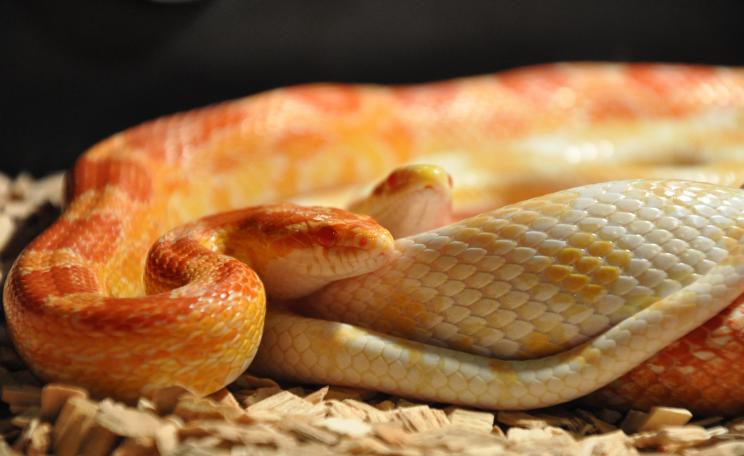If you dare to imagine the most horrendous ways to harm and kill animals, then these live animal markets probably surpass anything you can dream-up.
Scientists have been alerting the public and warning governments over the inevitable rise of global pandemics from wildlife markets for decades.
From Spanish flu in the early twentieth century, through to H2N2 in the 1950s, H3N2 in the 60s, Ebola in the 70s, HIV-AIDS in the 80s, monkeypox and avian influenza in the 90s, more recent outbreaks of Ebola, SARS, more monkeypox, more avian influenza, and swine flu in the millennium decade, and since then MERS, more Ebola, and coronavirus, among others.
The scientists were right and the governmental inaction was wrong. Collectively, these examples of animal-human diseases alone have claimed over 80 million human lives, and debilitated or caused misery to many more, as well as massive worldwide financial losses, culled agricultural animals, failed businesses, and continuous clean-ups.
Warning
At the same time scientists were studying emergent diseases, animal welfare and conservation organisations were warning of the abuses, suffering, and ecological degradation inherent to wildlife markets.
Words such as ‘abuses’ and ‘suffering’ scarcely tell the catastrophic and hellishly miserable stories behind the lives and deaths of countless animals at Chinese and other Asian markets - where invertebrates, fishes, amphibians, reptiles, birds and mammals are carved up, boiled or burned alive, often after extreme deprivation and brutal manhandling.
If you dare to imagine the most horrendous ways to harm and kill animals, then these live animal markets probably surpass anything you can dream-up. The People for the Ethical Treatment of Animals and ActAsia are among numerous organisations that have spent years trying to combat these dreadful abuses. Animals sold as pets avoid the fate of live butchery and the like, but until that point their misery accords with the same depressing saga.
Mention the now notorious wildlife markets, and - understandably - most people will probably think ‘China’ or ‘Asia’, and they will be right. But that’s only part of it all.
If you dare to imagine the most horrendous ways to harm and kill animals, then these live animal markets probably surpass anything you can dream-up.
The type of wildlife markets seen in Asia also extend through India, Bangladesh, Latin America, and Africa. And if you think they end there, you’d be wrong. There’s a reasonable chance you’ll find shockingly harmful or cruel animal mistreatment similar to that in the darkest recesses of a Wuhan backstreet in many major capital cities.
So that means Canada, the United States, the United Kingdom, Germany, France, Spain, The Netherlands and elsewhere. From Toronto to Turin, and Los Angeles to London, the butchering, boiling and burning of live wild and domesticated animals is rife.
Pets
Getting this message through to some people is as difficult as it was to make governments realise the obvious about wildlife markets spreading coronavirus.
For example, many might vomit at seeing a dog or pangolin burnt alive at a Chinese market, but then order crab or lobster in a restaurant and cheerfully condemn that individual to suffer a similarly terrible fate.
Yet there is an even more ‘subtle’ threat to both animal welfare and public health lurking amidst the shadows of city side-streets and rented leisure centres, in the form of exotic pet markets - often called ‘reptile fairs’, ‘bird fairs’ or ‘pet expos’. Here, both wild-caught and captive-bred wild animals are sold by stall-holders who line their pockets by offloading frogs, snakes, lizards, turtles, tortoises, parrots, porcupines and more to a largely novice public.
Having carted their stock around a country or continent for days or weeks, while cramped into tiny fish-tanks or Tupperware-like containers, wildlife traders peddle commonly stressed and sick animals as if at a car boot sale.
Sure, the mistreatment may not be as ‘in your face’ as at a wet market, but it’s there. Also there is the risk of introducing another coronavirus, Ebola, or avian influenza to the human population. Because many animals sold at ‘pet markets’ across North America and Europe are ‘cold-blooded ectotherms’ (invertebrates, fishes, amphibians and reptiles) they typically undergo no form of quarantine whatsoever, and can be caught from the wild in an overseas epidemic hotspot then sold at a pet market within days - complete with a raft of viruses, bacteria and other microscopic infectious agents.
Action
For over ten years the Animal Protection Agency has studied and exposed the mistreatment of wild animals and public health issues inherent to Western-style pet markets, and called for well-enforced bans.
Recently, World Animal Protection conducted international research into pet markets and added its voice to end animal suffering linked to such events.
Fortunately, the Chinese government, at least, has realised the genuine need to act against wildlife markets - whether for meat or pets - and appears to be doing just that by vowing to enforce its ban.
Having rightly lectured China in a chorus of disapproval regarding its historical failure to control wildlife markets, Western nations can no longer turn a blind eye to the animal welfare abuses and pandemic risks loitering in our own backyards.
The Author
Dr Clifford Warwick is a biologist and medical scientist and the author of around 150 scientific articles, books, and book chapters. He is an investigator of the anthropogenic impact on wild animals.







